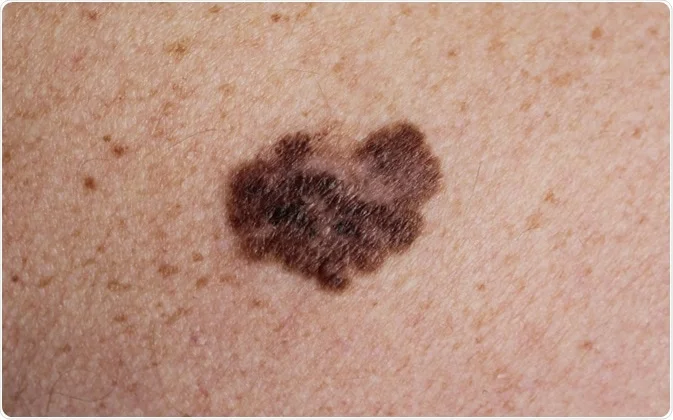Title: Alarming Increase in Melanoma Cases Among the Under 50s Raises Concerns
Subtitle: Greater awareness of risk factors and preventive measures needed to combat the aggressive form of skin cancer
Date: [Insert Date]
Melanoma, an aggressive form of skin cancer, is on the rise among individuals under the age of 50, according to recent data. This worrying increase in cases has caught the attention of the scientific community, emphasizing the urgent need for greater awareness of preventive measures and timely recognition of symptoms for early diagnosis. This article aims to provide valuable insights into the risk factors, signs, and symptoms of melanoma, along with prevention and treatment strategies.
Melanoma is a type of skin cancer that develops from melanin-producing cells called melanocytes. These cells are responsible for giving color to the skin and are mainly found in the upper layers of the epidermis. Excessive exposure to ultraviolet (UV) rays from the sun or other sources of UV radiation, such as tanning beds, can damage melanocyte cells and contribute to the development of melanoma.
Melanoma has become a major public health concern, particularly among young adults under the age of 50. In recent decades, there has been a significant increase in the number of melanoma cases in this age group. This trend is particularly distressing as melanoma has the potential to spread to other organs in the body, making treatment more complex.
Several risk factors have been identified for the development of melanoma in younger individuals. Excessive exposure to UV rays from sunlight or tanning lamps is one of the main risk factors. It is crucial to protect the skin from UV rays by wearing protective clothing and regularly applying broad-spectrum sunscreens.
Those with fair skin have a higher sensitivity to UV rays and are at a greater risk of developing melanoma. Additionally, individuals with a family history of melanoma, especially first-degree relatives like parents or siblings, have an increased risk of developing the disease. Having a large number of atypical nevi, which are moles that are irregular in shape and color, also raises the risk of melanoma.
Being aware of the signs and symptoms of melanoma is crucial for early detection and timely treatment. Melanoma can develop anywhere on the body; however, it is more common in sun-exposed areas like the face, neck, arms, and legs. Signs to watch out for include changes in existing moles in terms of shape, size, color, or itchiness.
Other indicators of melanoma include asymmetry and irregular edges of a mole, different colors within the mole, a diameter larger than 6 millimeters, and changes in the mole over time, such as growth or bleeding. If any of these signs or symptoms are observed, it is essential to consult a dermatologist promptly for a thorough evaluation.
Prevention is crucial in reducing the risk of developing melanoma. Tips for prevention include wearing protective clothing and applying broad-spectrum sunscreen with a high sun protection factor (SPF). It is advisable to avoid direct exposure to the sun during the hottest hours of the day and regularly examine the skin for changes in existing moles or the appearance of new ones. Regular visits to a dermatologist for professional skin assessments are also recommended.
Early detection plays a vital role in the effectiveness of melanoma treatment and the chances of recovery. Treatment options may include surgery to remove the tumor, targeted therapy, or immunological therapy, which stimulates the immune system to fight cancer.
In conclusion, melanoma represents a significant public health concern, particularly among individuals under the age of 50. Greater awareness of risk factors, signs, and symptoms, as well as preventive measures, is crucial in combating this aggressive form of skin cancer. Prevention and early diagnosis are key to improving survival rates and reducing the impact of melanoma on public health.
Sources: [Insert Sources]
